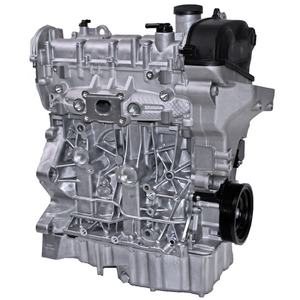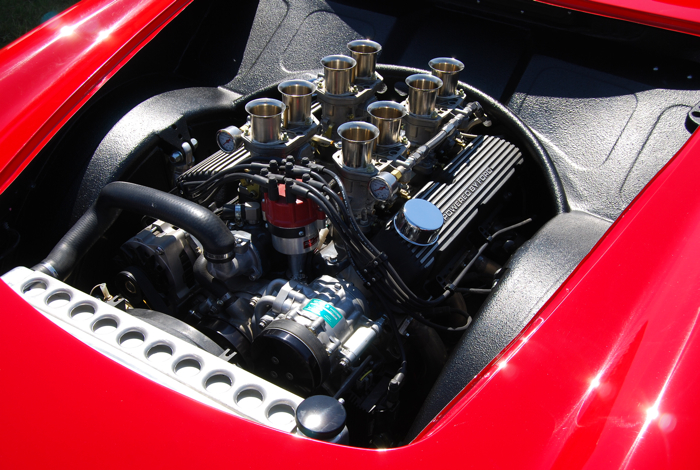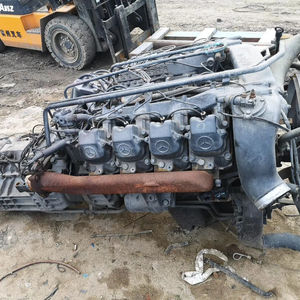Opel Corsa Engine: Top Tips for Maintenance and Treatment
Opel Corsa Engine: Top Tips for Maintenance and Treatment
Blog Article
Discovering the Inner Workings of a Compact Car's Engine System
As drivers, we commonly take for given the complex processes that happen within the confines of our automobile's engine system. In this exploration of a compact lorry's engine system, we will decipher the inner operations of this mechanical harmony, dropping light on the secrets that drive us forward on our daily journeys.
Combustion Process Summary
The burning procedure in a small vehicle's engine system is a crucial mechanism that efficiently converts gas into energy to power the lorry. This procedure happens within the combustion chamber of the engine, where gas and air mix, spark, and create controlled explosions. The combustion process includes 4 main stages: intake, power, exhaust, and compression.
Throughout the intake stage, the piston relocates downward, reeling in a blend of air and fuel right into the combustion chamber. The next stage, compression, entails the piston moving up, pressing the air-fuel mixture to boost its potency. Consequently, in the power phase, the trigger plug ignites the compressed combination, causing a rapid development of gases that compels the piston pull back. This down activity generates the power required to drive the vehicle. Lastly, in the exhaust stage, the scorched gases are eliminated from the combustion chamber with the exhaust valve, preparing the chamber for the following cycle. This cyclic burning procedure is fundamental to the procedure of a small car's engine system, making sure efficient power conversion for propulsion.
Piston and Cyndrical Tube Communication

The piston's precise fit within the cylinder is necessary for keeping optimal compression and protecting against energy loss during burning. Limited clearances in between the piston and cyndrical tube walls ensure efficient sealing, permitting the piston to relocate efficiently without allowing gases to leakage past. Appropriate lubrication is likewise crucial to reduce rubbing and wear in between these elements, improving long life and performance.
Moreover, the design and products utilized in making the piston and cylinder influence engine performance and resilience. Modern engines commonly employ lightweight yet resilient products like aluminum alloys for pistons and cyndrical tube liners to minimize inertia and boost thermal effectiveness. In general, the harmonious communication in between the piston and cyndrical tube is fundamental to the engine's capability and general efficiency.
Fuel Shot System Capability
Gas shot systems in portable vehicle engines play a crucial function in specifically delivering fuel to the combustion chamber for efficient and controlled ignition. The gas injection system works by injecting fuel right into the burning chamber at the optimum minute during the engine's operation (opel corsa engine). click over here now This specific timing ensures that the fuel blends evenly with the air for appropriate burning, bring about boosted gas performance and minimized discharges
There are mostly two kinds of fuel injection systems made use of in portable lorry engines: port fuel injection (PFI) and direct gas shot (DFI) PFI systems inject fuel right into the consumption port before the intake valve, while DFI systems infuse gas directly into the combustion chamber. Both systems have their benefits, with DFI using far better fuel atomization and PFI providing a advice more cost-effective option.
Understanding Engine Cooling Mechanisms
Effective operation of a small vehicle's engine relies greatly on the performance of its cooling devices. The cooling system in a portable car commonly is composed of several components working together to manage the engine temperature. Understanding these engine air conditioning systems is important for keeping the performance and durability of a portable lorry's engine system.

Exhaust System Elements Explained
The ideal performance of a portable car's engine air conditioning mechanisms depends on a complementary system recognized as the exhaust system, which consists of different important components for ensuring efficient exhausts and engine efficiency. The exhaust manifold collects exhaust gases from the engine's routes and cylinders them to the catalytic converter.
One crucial element of the exhaust system is the oxygen sensing unit, which keeps track of the oxygen degrees in the exhaust gases to help manage fuel usage and ensure ideal engine efficiency. opel corsa engine. Furthermore, the resonator might exist in some exhaust systems to lower noise levels. On the whole, the exhaust system plays an important role in keeping engine efficiency, minimizing harmful emissions, and making sure a quieter driving experience for compact vehicle owners

Final Thought
In verdict, the compact car's engine system is an intricate mix of components that collaborate to assist in the burning process, convert fuel into power, and get rid of waste gases. Understanding the internal operations of the engine system, consisting of the piston and cyndrical tube interaction, fuel shot system, engine cooling devices, and exhaust system parts, is essential for preserving optimum efficiency and performance of the lorry.
The burning process in a compact vehicle's engine system is a critical mechanism that effectively transforms gas right into power to power the car.Fuel shot systems in portable lorry engines play a critical function in precisely providing gas to the burning chamber for efficient and regulated ignition.There are largely two kinds of gas injection systems made use of in compact vehicle engines: port fuel injection (PFI) click here to find out more and direct fuel shot (DFI) Comprehending these engine air conditioning devices is crucial for preserving the performance and longevity of a compact automobile's engine system.
The ideal functioning of a compact car's engine cooling systems depends on a corresponding system known as the exhaust system, which consists of different necessary elements for making certain effective emissions and engine efficiency.
Report this page